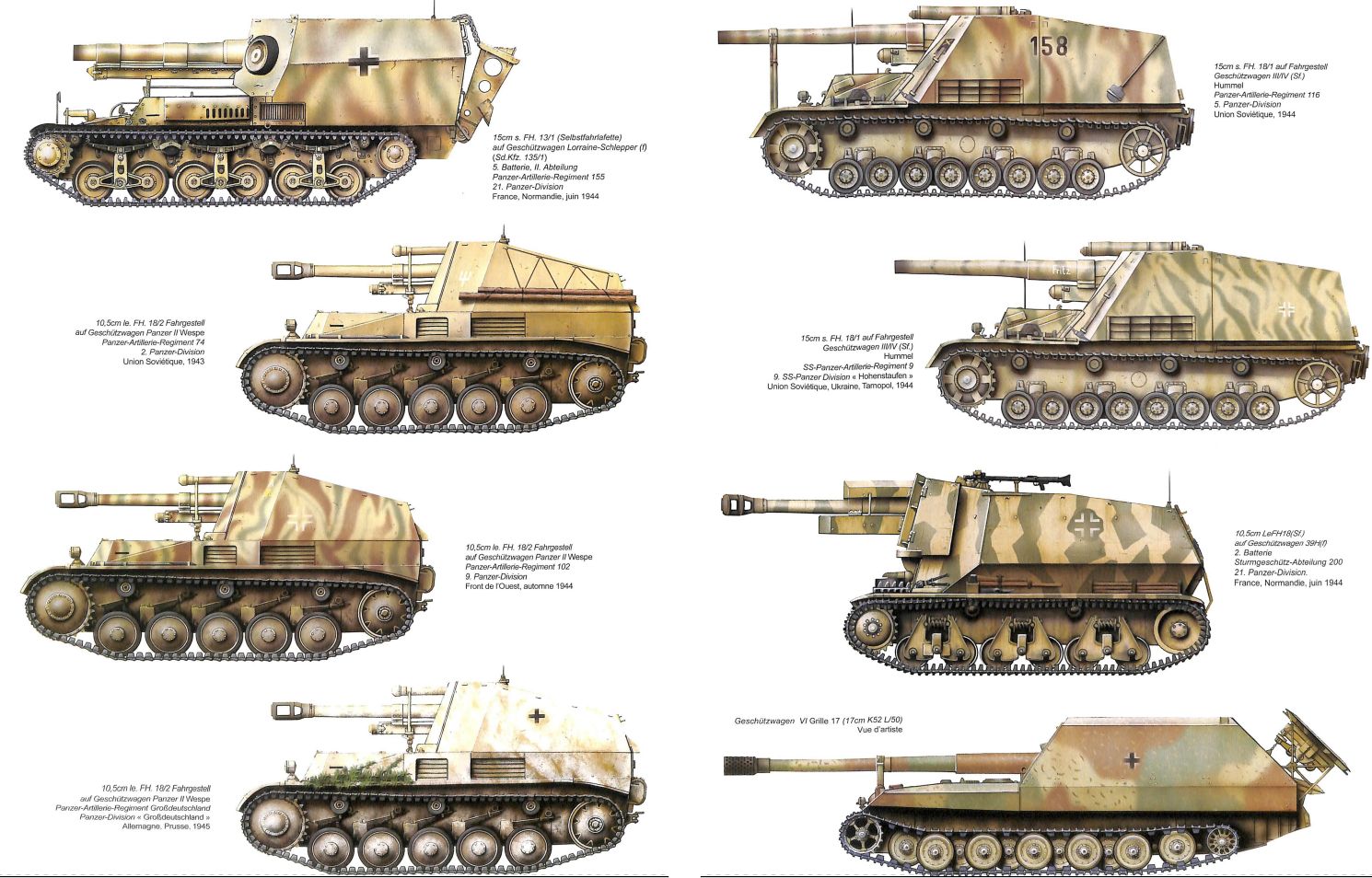

The Germans on the front line ran that day. What do you do? You can stay and die, or you can panic and run. You attack it with every weapon you have, but it simply can't be stopped. Then it starts spitting death from its cannon and machine guns. Then from off in the distance comes rumbling a giant machine, rolling over craters and ditches and crushing through the barbed wire obstacles that have stopped so many infantry attacks before. You're probably a pretty hardened soldier.

Just imagine being a German soldier that day 100 years ago: You think you've seen every terror war can offer - machine guns mowing down your comrades, barbed wire traps, artillery blasting whole platoons to oblivion, poison gas torturing your friends who were too slow to put on their gas masks. 15, 1916, near Flers in northern France, during the Battle of the Somme in World War I. The first tanks were British, and they went into action against the Germans on Sept. These giant armored killing machines have been a central feature of combat ever since. One hundred years ago Thursday, when tanks went into battle for the first time, warfare changed forever.


 0 kommentar(er)
0 kommentar(er)
